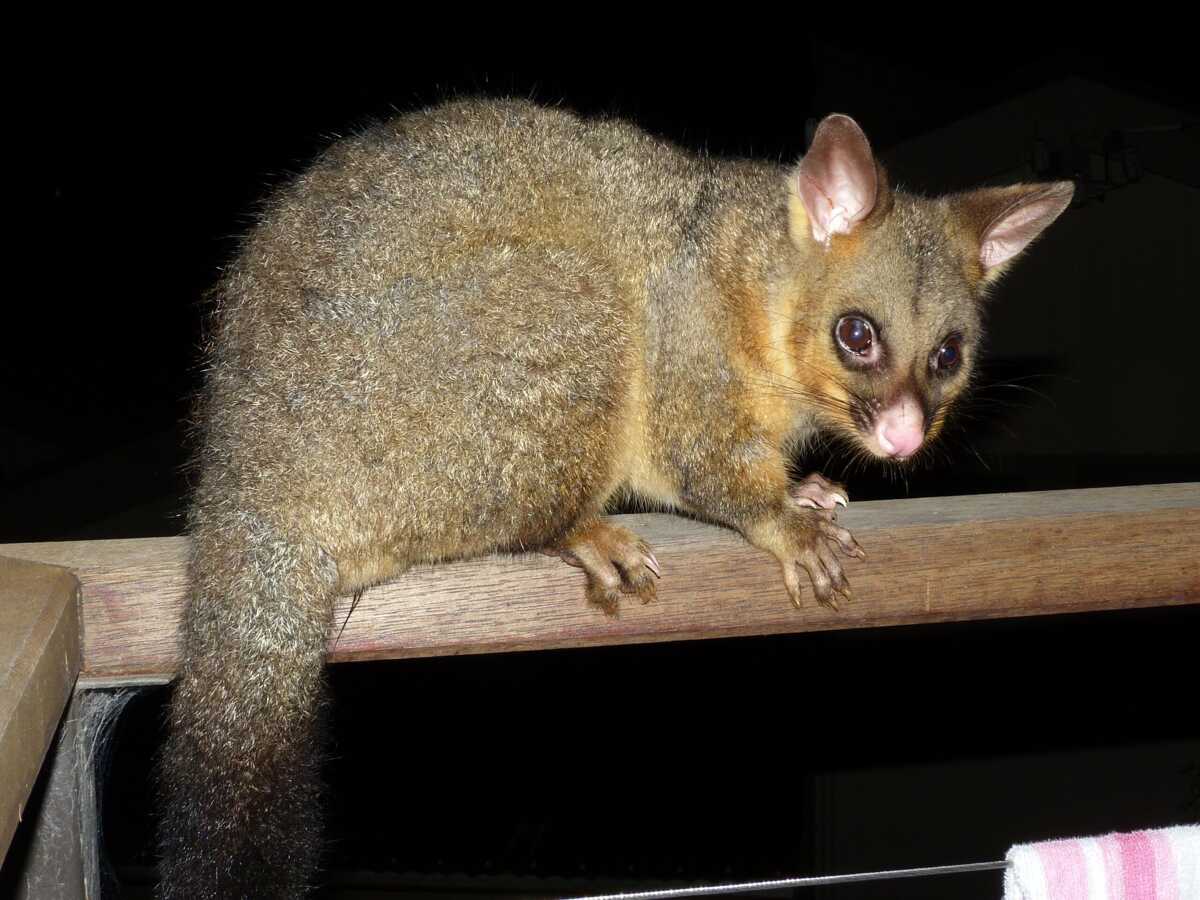{{{description}}}
Also known as the "red giant kangaroo", this species (Osphranter rufus) is the biggest of all kangaroos. Males can grow up to 3 metres tall, and females are relatively smaller. They typically are sexually dimorphic and can be seen in groups of 2 to 4. Learn more at https://en.wikipedia.org/wiki/Red_kangaroo
Photo by RedGazelle123 (CC BY-SA 4.0)
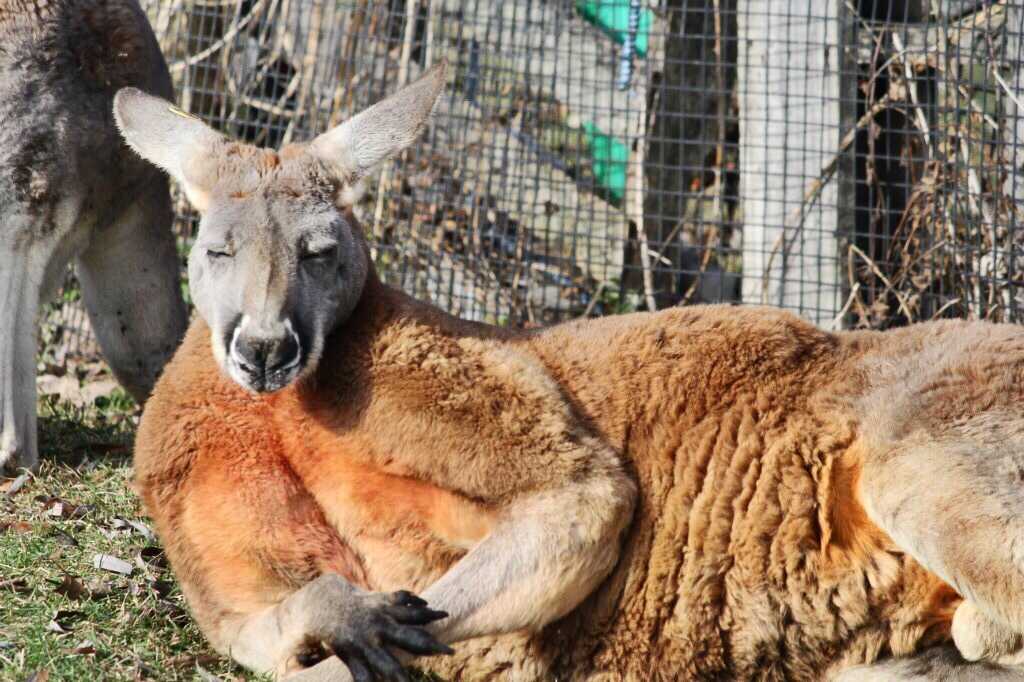
(Nota)macropus agilis These species have long, flexible tails which are two times longer than their head & body. Also called the sandy wallaby, these macropods generally feed at night. They are typically solitary animals but can group up to protect themselves better from predators. Learn more at https://animalia.bio/agile-wallaby
Photo by Glen Fergus (CC BY-SA 3.0)
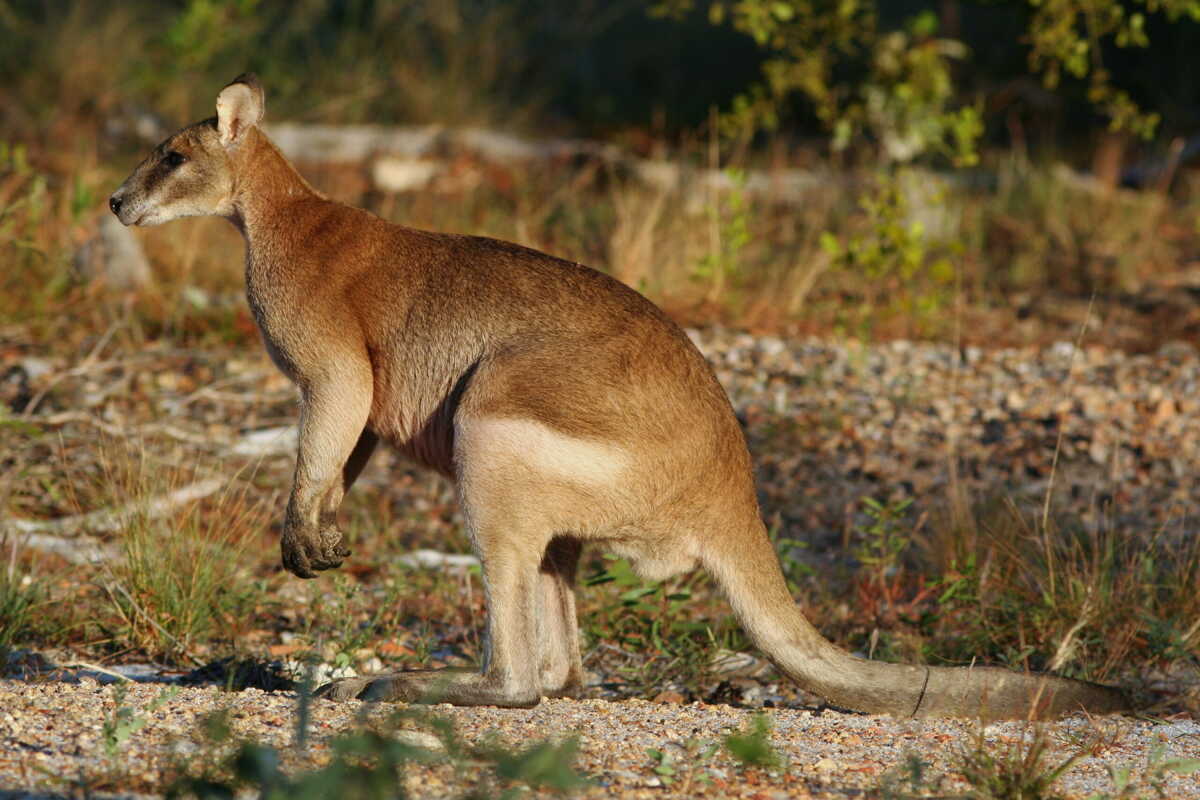
Native to Australia, this species (Pseudomys johnsoni) is a part of the pebble-mound mice. They weigh around 13 grams and are the only mammals to create mounds of stone outside their burrows. Learn more at https://en.wikipedia.org/wiki/Central_pebble-mound_mouse
This species (Zyzomys pedunculatus) is quite rare and was last seen in 2013. It is also considered "Critically Endangered" by the IUCN Red List, so try to take a quick photo if you get lucky enough to see one. It is a nocturnal species that is 30 centimetres long (from head to tail). Their weights can vary from 50 grams to 120 grams. Learn more at https://en.wikipedia.org/wiki/Central_rock_rat
This species (Notoryctidae) has to subspecies: northern and southern marsupial mole. They are generally under the ground, but can come up after rainfalls. Their eyes do not have pupils, therefore they're functionally blind. For ears, they have two little holes under their fur. Learn more at https://en.wikipedia.org/wiki/Marsupial_mole
Photo by Biodiversity Heritage Library (Public Domain Mark 1.0)

They are usually just called " the bilby" because of the extinction of the "lesser bilby". The species (Macrotis lagotis) is also known as "dalgyte", "pinkie" and "rabbit-eared bandicoot". They are nocturnal and omnivorous, and their ears are quite long (29 to 55 centimetres). Interestingly, they get enough water from the food they eat and can survive without directly drinking it. Learn more at https://en.wikipedia.org/wiki/Greater_bilby
Photo by Kevin503 (CC BY-SA 3.0)
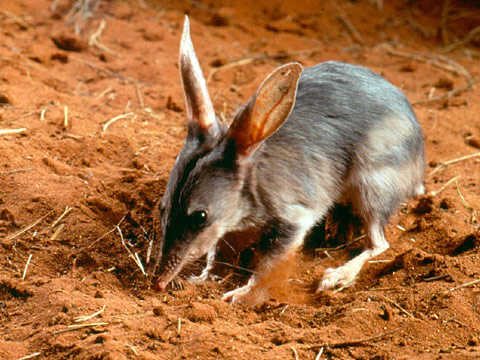
This species (Dasycercus) has two subspecies: the brush-tailed mulgara and the crest-tailed mulgara. They are marsupial carnivores and can usually be seen in deserts and spinifex grasslands. They are considered nocturnal, yet can still go for a "sunbake" (Australian slang for sunbathing) without leaving their burrows if they feel like it. This species rarely drinks, so its kidney has adapted exceptionally to separate waste from water. They go into torpor daily to preserve energy and resources. Learn more at https://en.wikipedia.org/wiki/Mulgara
Photo by Intortuz (CC BY-SA 4.0)
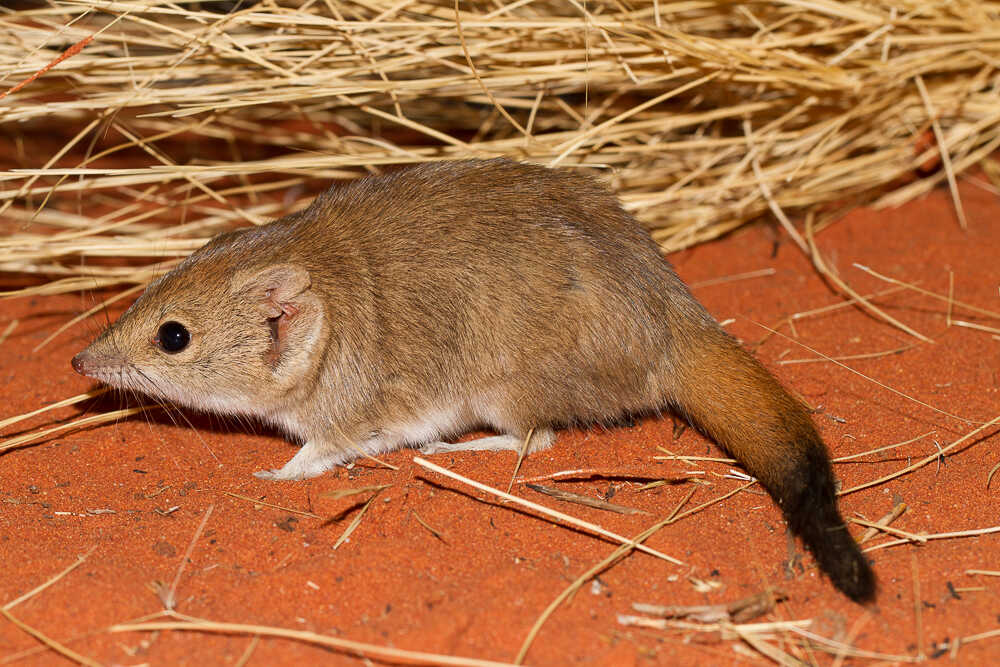
Dingos (Canis lupus dingo) are well-known around Australia and can be seen almost anywhere on the continent. They can usually be seen in three main colours: light ginger, black and white. They have an athletic body that allows them to be fast and agile. They prefer to attack their prey from behind. The species have been on earth for at least 3450 years as there is a dingo fossil in Western Australia dating back to that time. Learn more at https://en.wikipedia.org/wiki/Dingo
Photo by Jarrod Amoore (CC BY 2.0)
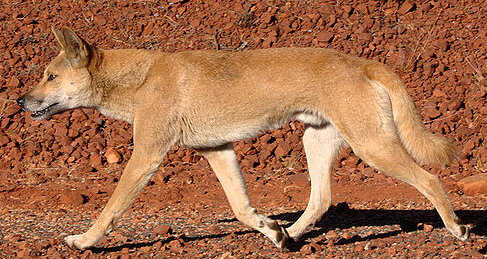
These bats (Chaerephon jobensis) tend to form groups of two or more when they are searching for food. They fly fast and direct so open areas can help avoid injuries. Tropical savannas are their favourite biome to forage in, but they have been seen foraging in urban areas as well. Learn more at https://en.wikipedia.org/wiki/Northern_freetail_bat
This species (Osphranter robustus) has four subspecies: eastern, western (euro), Barrow Island and Kimberley wallaroos. This mostly nocturnal and solitary macropod is 30-56 cm tall and has dark grey fur in males and sandy fur in females. Females of this species can gestate and give birth any time of the year. After 30-38 days of gestation, the joey moves to the porch of the mother to grow further. Like most wallaroos, it makes a loud hissing noise. Learn more at https://animalia.bio/common-wallaroo
Photo by Patrick Kavanagh (CC BY 2.0)
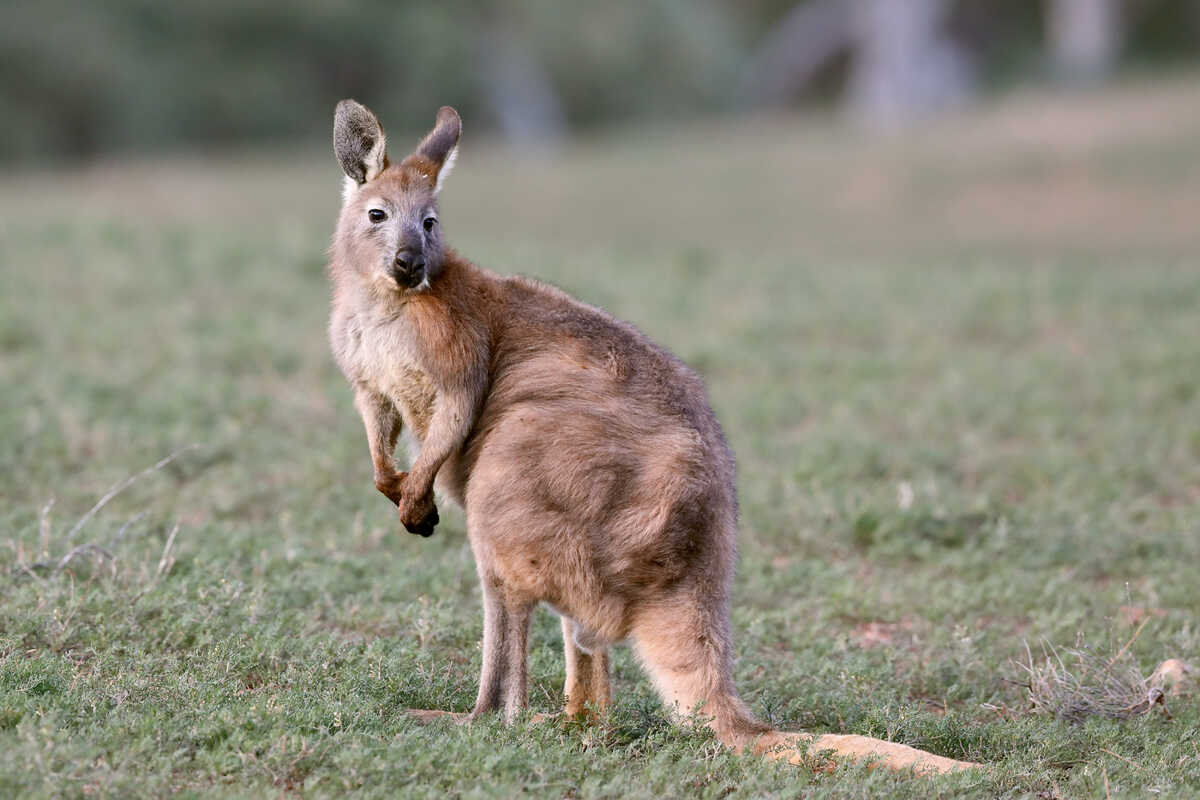
Nocturnal marsupials that are native to Australia, common brushtail possums (Trichosurus vulpecula) have big ears and bushy tails. They typically eat leaves, yet it's possible to see them feed on small mammals as well. Colour-wise, there are four types: grey, black, brown and gold. Learn more at https://en.wikipedia.org/wiki/Common_brushtail_possum
Photo By Donald Hobern (CC BY 2.0)
